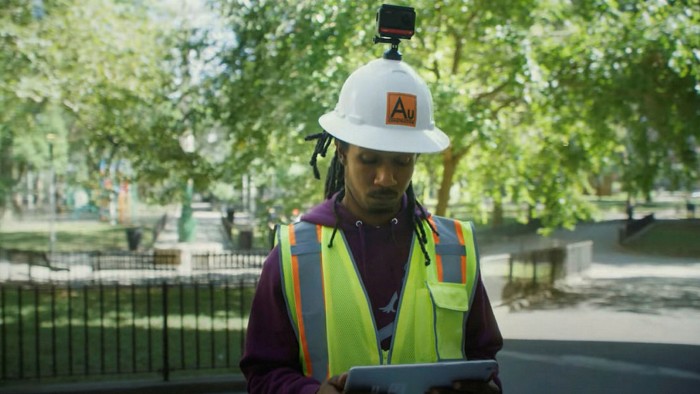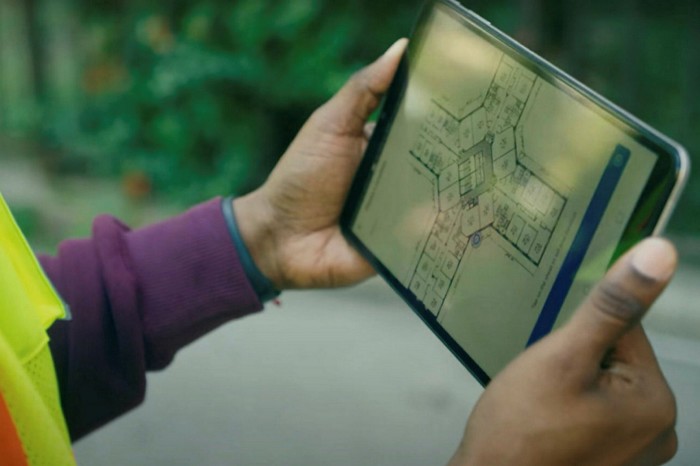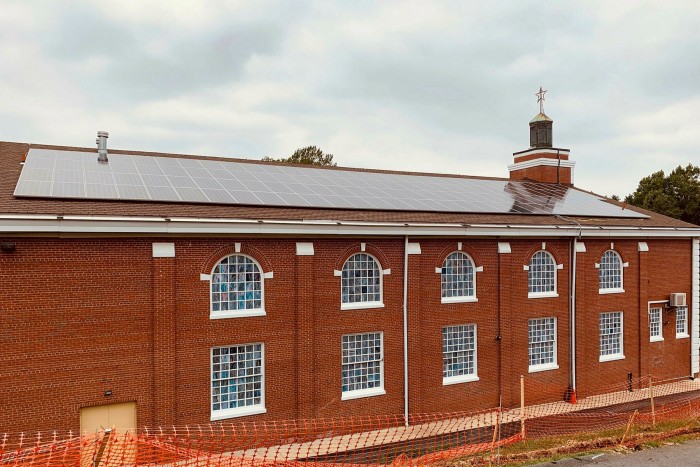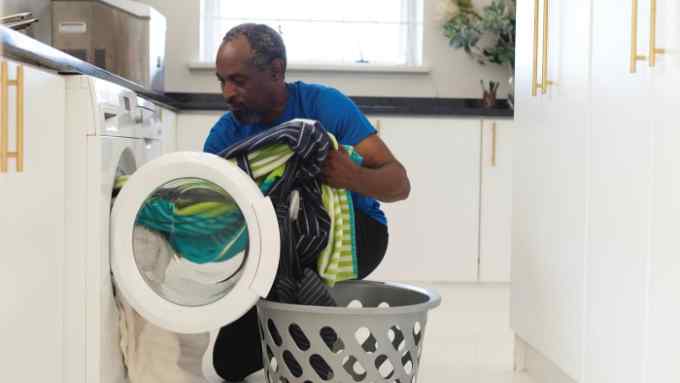‘Green banks’ target the funding gap for New York energy start-ups

Simply sign up to the Sustainability myFT Digest -- delivered directly to your inbox.
Energy use in buildings and construction accounts for about 40 per cent of world consumption and a third of greenhouse gas emissions.
As a result, much attention is now being focused on how to improve the efficiency of homes, offices and public buildings.
But much of the potential for cutting emissions from buildings remains untapped. This is in large part because of insufficient investment in sustainable design, renovating buildings, or retrofitting efficient technologies, according to a report last year by the International Energy Agency.
More financing help is now slowly becoming available. In the US, publicly owned and “non-profit” green banks have mushroomed over the past 10 years, helping to bridge the funding gap. Their aim is to help kickstart energy transition projects while maintaining an eye on recouping their investment.
Among these is NY Green Bank, launched in 2014 with funding supplied by New York state’s electricity ratepayers. It has recently backed BlocPower, an energy tech start-up that is aiming to improve the energy efficiency of buildings in poorer districts of New York.

Donnel Baird, BlocPower’s founder, explains that his workers use digital cameras to scan and survey buildings for flaws in their structural integrity. This information is melded with blueprints and public records to generate recommendations for retrofitting buildings and helps to ensure that the correct efficiency upgrades are made.
Last December, BlocPower earned the financial support of NY Green Bank, which it has courted since 2015. For five years, Baird says, “we were told it’s too risky and too small.” NY Green Bank agreed to provide a $5m line of credit.
The agreement came two months after BlocPower signed a deal with Goldman Sachs. The Wall Street bank agreed to invest $1m in BlocPower and gave it a $49m debt facility through Urban Investment Group, its impact investing arm. That came on top of venture capital from Mitchell Kapor, one of the first investors in Uber.
In October of this year, Michael Regan, head of the US Environmental Protection Agency, toured another site on which BlocPower had worked: the church of the Immaculate Conception of the Blessed Virgin Mary, in the South Bronx. There, BlocPower had installed a more energy efficient boiler and used the savings to fund a WiFi system on the roof that provides cheaper internet access to the area. It is one of several churches in the district that BlocPower has retrofitted.

Another building efficiency start-up that NY Green Bank has supported is Sealed, which has a similar business model to BlocPower. Its financing, back in 2016, was intended to market test Sealed’s business model and provide a platform for further rounds of fundraising.
In June of this year, Sealed announced that it had completed a $16m fundraising from a range of venture capital backers for a service that offers homeowners help with financing and planning energy-saving upgrades.
In addition to the NY Green Bank, energy efficiency start-ups have also won backing from the New York City Energy Efficiency Corporation (NYCEEC) — a non-profit bank backed by the city’s government. It offers loans to retrofit apartment blocks, commercial buildings and community institutions, such as homeless shelters and places of worship, with an average loan size of about $1m.
NYCEEC focuses on finding projects that are “smaller and more complicated than what the private sector would be interested in”, says chief executive Curtis Probst. But once the organisation has vetted a project — by originating a loan, underwriting and structuring it and educating the borrower — commercial lenders are often interested in buying into the deal. That allows NYCEEC to continue to “recycle our capital”, says Probst.
However, the relatively modest amounts involved in backing these energy-efficiency ventures demonstrate the difficulties in raising capital from both conventional and impact investors for renovating buildings — particularly in poorer, unfashionable areas.
Part of the problem is that investing in housing aimed at low and middle-income households in the US is often viewed as high-risk or just not worth the trouble.
Replacing outdated lighting systems, gas-guzzling boilers and leaky heating, ventilation and air-conditioning systems can quickly cut energy bills, freeing up cash flow from rents. But such projects are often small-scale transactions that fly under Wall Street’s radar and transaction costs are high. Key stakeholders in such projects — landlords, owners and tenants — may not be aligned and each building’s unique challenges must be individually diagnosed.

Solving the main technological hurdle — standardising an evaluation of buildings’ flaws — has been only half the battle for BlocPower. Banks see retrofits in poorer districts as subprime, partly because they have lost money in the past.
Baird cites the example of one New York lender which financed a boiler in a church. When the pastor did not pay, the bank went to recover the boiler and was flooded with negative headlines in local news. That made investors “really gun-shy”, Baird says.
NY Green Bank’s success at attracting new private sector interest in financing energy-efficiency projects in buildings has also been called into question. Some say their public financing has lagged behind the private sector, rather than coaxing capital into precedent-setting deals.
To date, the organisation has invested more than $1.3bn in environmental projects, focused heavily on wind and solar energy generation. But some clean energy advocates are urging it and other green banks to switch more financing to building upgrades, and providing help to prepare homes for extreme weather, improve ventilation, and swap gas boilers for electric heat pumps.
Alfred Griffin, the founding president of NY Green Bank who recently left and earlier this year joined Generate Capital, a private sustainable infrastructure investor, defends the bank’s record and says attracting private financing for improvements to building stock is not easy.
“That’s such a big opportunity — but there’s not as much activity in the market as we would like to see,” Griffin says. “And I think that’s not just a New York Green Bank perspective, that’s a general market frustration. We have to be responsive to where the market activity is.”
Adam Zurofsky, who oversaw the bank as New York’s former deputy secretary for energy and finance, also argues that there is little reason for impact investors to double up on projects once conventional finance is easily available. He says: “If you get to the point where you’re competing with Goldman and Citi to underwrite a deal, then you’ve won. You should move on.”
Twice weekly newsletter
Energy is the world’s indispensable business and Energy Source is its newsletter. Every Tuesday and Thursday, direct to your inbox, Energy Source brings you essential news, forward-thinking analysis and insider intelligence. Sign up here.

Comments